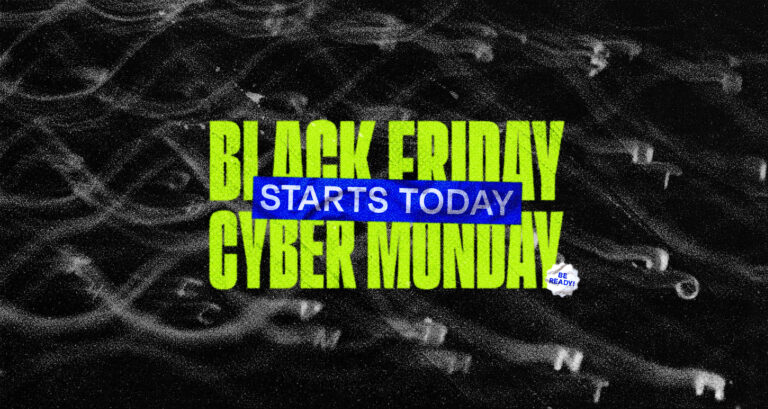Embarking on your digital journey can feel like exploring a new language, brimming with acronyms and buzzwords. A term you’ll frequently encounter is ‘CMS’, or ‘Content Management System’. But what is a CMS, and how does it relate to your online presence? Let’s break it down for beginners.
In its simplest form, a CMS is a software application that allows you to create, manage, and modify content on a website without needing to understand complicated programming languages. It’s like being able to construct a building without having to create the bricks — it provides the tools and materials you need to create your website, all in one convenient package.
The power of a CMS lies in its user-friendly nature. With it, you can easily add new pages, change the design of your website, and add interactive features, even if you don’t have a background in web development. This ease of use makes a CMS ideal for individuals and businesses looking to maintain a robust, dynamic web presence without needing to hire a team of developers.
Commonly used content management platforms include WordPress, Drupal, and Joomla. WordPress is often praised for its simplicity and extensive customizability through thousands of themes and plugins. Drupal, on the other hand, offers a robust solution for more complex websites, whereas Joomla falls somewhere in between.
A CMS also provides tools for managing workflows. If you have a team, you can assign different roles and permissions, making collaboration easier and more efficient.
In essence, a CMS offers an accessible gateway to build and manage your digital platform. It bridges the gap between technical expertise and creativity, enabling beginners to launch and manage websites effectively. By understanding the purpose and functionality of a CMS, you’re one step closer to shaping your unique space in the digital world.


